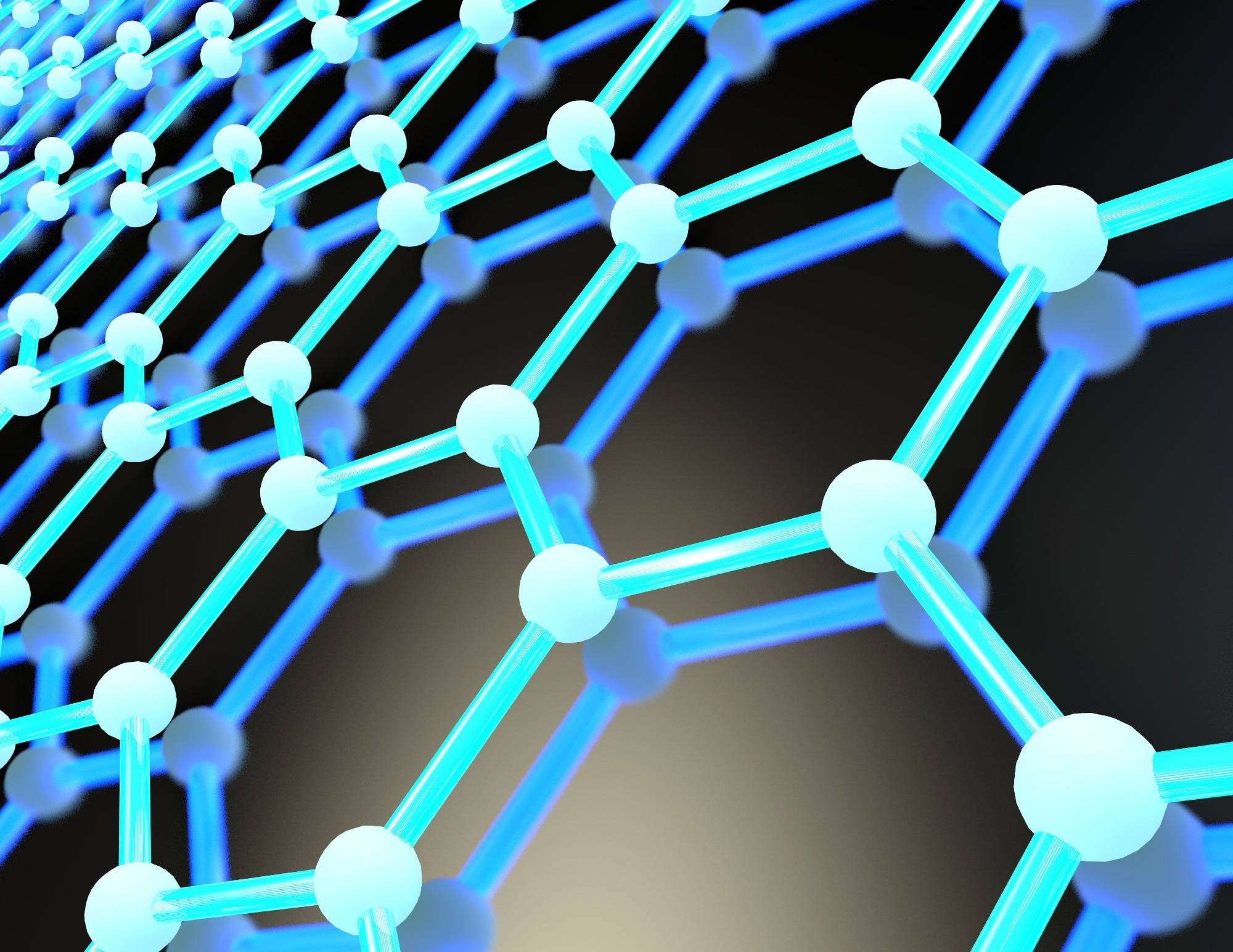Nature produces layered materials, such as bone and mother-of-pearl, that become less sensitive to flaws as they age. Scientists have created composite layered 2D materials that are resistant to cracking and remarkably stretchable using biomimetic proteins patterned on squid ring teeth, the circular appendages on squid tentacles used to grasp prey.

Image Credit: Shutterstock.com/ 3DStach
Researchers rarely reported this interface property for the bone and nacre because it was difficult to measure experimentally.
Melik Demirel, Lloyd and Dorothy Foehr Huck Chair, Biomimetic Materials, Pennsylvania State University
Demirel is also the director of the Center for Advanced Fiber Technologies, Penn State.
Composite 2D materials are composed of atom-thick layers of a hard material, such as graphene or MXene — typically a transition metal carbide, nitride, or carbonitride — divided by layers of something to bind the layers together. While big portions of graphene or MXenes have bulk properties, the resilience of 2D composites comes from interfacial properties.
Because we are using an interfacial material that we can modify by repeating sequences, we can fine tune the properties. We can make it very flexible and very strong at the same time.
Melik Demirel, Lloyd and Dorothy Foehr Huck Chair, Biomimetic Materials, The Pennsylvania State University
He also mentioned that the materials could have distinctive thermal conduction regimes or properties that dispersed heat more firmly in one direction than at 90°. The findings of this study were published in the Proceedings of the National Academy of Sciences on July 25th, 2022.
Demirel says, “This material would be great for insoles for running shoes. It could cool the foot and the repeated flexing would not break the insole.”
These two-dimensional composites have the potential to be used for flexible circuit boards, wearable devices, and other devices that requires flexibility and strength.
Conventional continuum theory, according to Demirel, does not clarify why these materials are both durable and resilient, but simulations show that the interface is important. When a higher percentage of the material is composed of the interface, the interface appears to break in places when the material is stressed, but the material as a whole does not break.
Demirel adds, “The interface breaks, but the material doesn’t. We expected them to become compliant, but all of a sudden it is not only compliant, but super stretchy.”
The Defense Advanced Research Projects Agency, the Army Research Office, Nanyang Technological University, and the Singapore Agency for Science, Technology and Research, Singapore, funded this work. The calculations were carried out at Singapore’s A*STAR Computational Resource Centre, National Supercomputing Centre.
Flexible 2d Material
Using biomimetic proteins patterned on squid ring teeth, researchers have created composite layered 2D materials that are resistant to breaking and extremely stretchable. Video Credit: Burcu Dursun